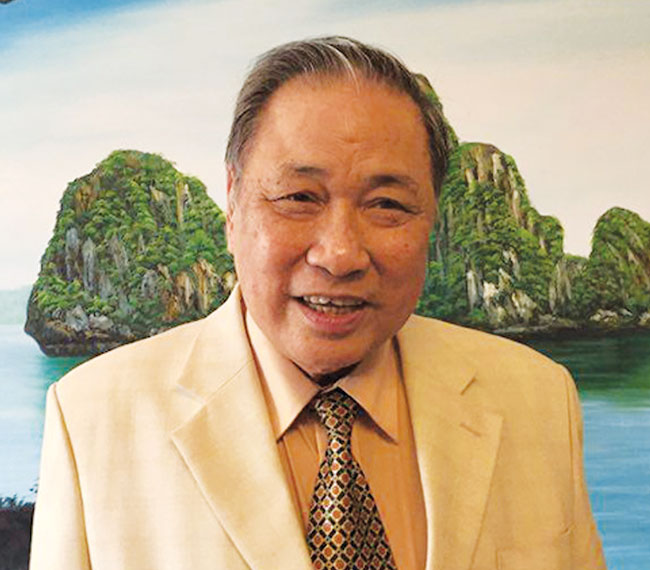
Mr. Truong Duy Nghia
Reporter: There is an opinion that the Vietnamese coal fired thermal power plant is lacking clean technology . What is your view on this ?
Mr. Truong Duy Nghia:
For many years, Vietnamese coal fired thermal power plants have been using relatively decent ash handling technology with the performance of electrostatic dust filter system above 99.75%. Thus, almost all of the ashes are collected, only a significantly small amount escapes through the stack.
For small capacity coal fired thermal power plants, the stacks reach 160m in height, whereas for large capacity plants, the height of stacks can reach from 200-250m. With this height, wind speed will spread the ashes into a broad area with 50-100km in diameter. The ashes have been filtered thoroughly and dispersed in a spacious area, therefore the people living in the surrounding area will not be affected. Thus we can confirm that the ashes from coal fired thermal power plants have been handled exhaustively.
All Vietnamese coal fired thermal power plants possess the SOX and NOX reducing system. The emission through the stackc s is within the allowance so we don’t need to be worried about this issue. The amount invested in SOX and NOX reducing system can reach hundreds of millions of US dollars. The system is very sophisticated and meets all environmental standards.
Vietnam also reached an important step in protecting living environment, which is 24/7 online monitoring and observation on pollution level. Therefore, we are not too concerned about the pollution caused by coal fired thermal power plants, unless the owner is slack, leading to unfortunate incidents, causing the people to misunderstand that coal fired thermal power plants are polluting the environment.
The problem of environmental pollution has become a popular interest of all parties, especially the citizens. When building the plant, the owner has to devise all environmental control system and the remaining task is to operate said system efficiently. Therefore, the Vietnamese coal fired thermal power plants already implanted the modern, eco-friendly technology.
Reporter: In reality is there any incident in ash handling process of the coal fired thermal power plant ?
Mr. Truong Duy Nghia:
It is impossible to say that there are no problems occurred in the ash handling process. There could be various different causes, from project design to malfunction during operation. It is important to investigate the exact cause and fix it speedily.
In the world, ashes from power plants are utilized effectively. Some countries even have to import ashes. To them, ashes are very valuable, not hazardous waste.
Reporter: How would Vietnam utilize the ashes ?
Mr. Truong Duy Nghia:
There is a big number of coal fired thermal power plants in Vietnam, however the ashes are not utilized effectively. All correspondent parties have not joined in to resolve this issue. Vietnam even planned to discard or bury the ashes. This is a huge waste!
To date, the ashes of Pha Lai thermal power plant are used to produce roller compacted concrete used in Son La hydroelectric dam, sold for VND750,000/tonne, equaled to the price of cement. Earlier, Ninh Binh thermal power plant also sold ashes as building materials and significantly reduce the pollution of the plant’s surrounding area.
Reporter: However, there is an opinion that the quality of Vietnamese coal fired thermal power plant’s slag is not qualified to be used for the production of building materials. How would you explain this ?
Mr. Truong Duy Nghia:
It is difficult for Vietnamese coals to burn out completely, their ashes still contain from 12-15% unburnt carbon creating the black colour of the ashes. Carbon is the element affecting the adhesive less effective. Thus, if using the ashes containing carbon to produce cement, it will affect the durability of the cement.
Therefore, when the units use the slag as building materials, it is important to thoroughly research the handling process, ensuring the slag’s utilization and quality of building materials.
Reporter: thank you!
evn.com.vn
Share